Note: This is a posting from Lifeline ensemble member Amanda Link, dramaturg and assistant director for our winter MainStage production of One Came Home.
Amy Timberlake’s book One Came Home is set in Wisconsin in 1871 during one of the last great passenger pigeon migrations. The nesting that took place in Wisconsin that year covered an estimated 850 square miles and is the largest one recorded. In his book The Passenger Pigeon: Its Natural History and Extinction, A.W. Schorger proposes that nearly all of the passenger pigeons in North America were present at that nesting. Amy loved the idea of having “a living, breathing setting” for her story.
 Passenger pigeons were in the news a lot this past year because September 1, 2014 marked the hundred-year anniversary of the death of Martha, the last remaining passenger pigeon. The species is now extinct, but when Europeans first began exploring North America, there were an estimated 3 to 5 billion passenger pigeons. Their numbers are difficult for us to imagine today. A flock could take 3 full days to pass overhead. And they flew so close together that, as John James Audubon described, “the light of noonday was obscured as by an eclipse.” Each spring they migrated en masse from the South to the Midwest and returned in the fall.
Passenger pigeons were in the news a lot this past year because September 1, 2014 marked the hundred-year anniversary of the death of Martha, the last remaining passenger pigeon. The species is now extinct, but when Europeans first began exploring North America, there were an estimated 3 to 5 billion passenger pigeons. Their numbers are difficult for us to imagine today. A flock could take 3 full days to pass overhead. And they flew so close together that, as John James Audubon described, “the light of noonday was obscured as by an eclipse.” Each spring they migrated en masse from the South to the Midwest and returned in the fall.
The passenger pigeons were quite different from the pigeons we’re used to seeing here in Chicago on a daily basis. They would be more similar in their shape and coloring to a mourning dove. They had short red legs, light powder blue throats, reddish-fawn bellies, rich red breasts, and slate blue heads. Their strong pointed wings spanned two feet. They traveled with great unity of movement at an average cruising speed of 60mph. While flying, each bird’s head was only inches behind the tail of the bird preceding him, and no more than 2 feet from the birds above and below him. The roar of wings and calls of birds could be heard up to 3 miles away. As they grew nearer, the sound grew to frightening proportions. Passenger pigeons required large dense forests and ate acorns and beechnuts. Traveling and nesting in such large numbers protected the birds from their natural enemies by virtue of sheer numbers, but also made them vulnerable to hunters.
 Professional hunters followed the passenger pigeons around the country. They could easily capture more than a hundred birds with one throw of a net. One gunshot could bring down dozens of birds. Once the telegraph and the railroads were added into the equation, making it easier to find the birds and ship the meat to other locations, the passenger pigeon numbers rapidly decreased. The birds only laid one egg a year. That in combination with over hunting and deforestation quickly led to their extinction.
Professional hunters followed the passenger pigeons around the country. They could easily capture more than a hundred birds with one throw of a net. One gunshot could bring down dozens of birds. Once the telegraph and the railroads were added into the equation, making it easier to find the birds and ship the meat to other locations, the passenger pigeon numbers rapidly decreased. The birds only laid one egg a year. That in combination with over hunting and deforestation quickly led to their extinction.
But that is not the end of their story. There is currently an organization that is trying to bring them back. The Long Now Foundation has started a project called Revive and Restore. They are interested in de-extinction and have selected the passenger pigeon as their test species. The passenger pigeon was chosen because it is “not only feasible to successfully bring back, but also presents enough challenges to push the science forward and open up the possibility of de-extinction to many more species. An extinct mouse would be an easy win for de-extinction, but it does not challenge us to produce the methods necessary to revive birds or reptiles.”
Many people wonder about the repercussions of such an experiment. Scientists do not yet know how reintroducing an extinct species will effect the existing ecosystem. We’ll have several years to debate the issues as the project progresses. This year they are beginning to replace segments of the band-tailed pigeon genome with the essential passenger pigeon sequences. By 2022 they are hoping to generate live passenger pigeons using band-tailed pigeons as surrogate parents. The live birds will then be bred in captivity and eventually returned to the wild with a soft release target date of 2027.
Stewart Brand, of the Long Now Foundation, suggested that “this generation gets to rethink extinction, gets to rethink habitat loss and habitat restoration, and gets to ponder the role of biotechnology in protecting biodiversity. Welcome to a very interesting century.”
Sources include: Hope is the Thing With Feathers by Christopher Cokinos, The Silent Sky by Allan W. Eckert, The Passenger Pigeon: Its Natural History and Extinction by A.W. Schorger, longnow.org, and the Wisconsin Historical Society.
